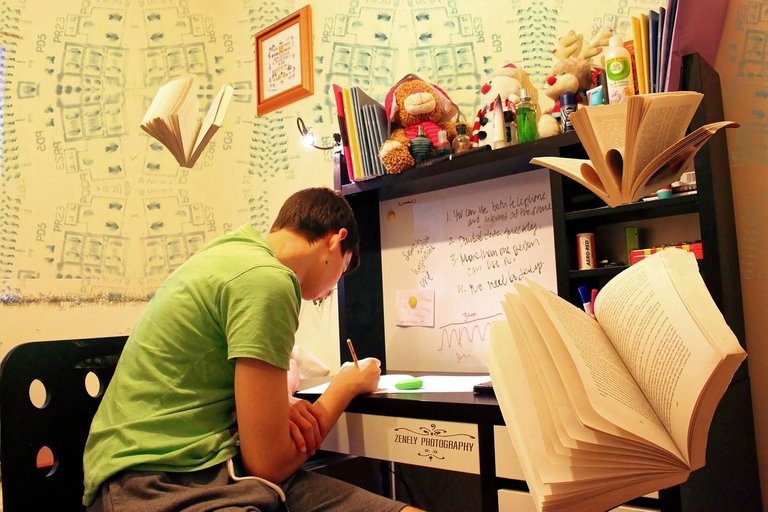
https://pixabay.com/photos/studying-exams-preparation-951818/
Imagine this: Williams, a motivated and talented student with a voracious appetite for information, is about to take a test that might make or break his academic career. He has been assiduously attending courses, studying texts in depth, and even giving up his precious free time. But when the results are announced, he is let down. Williams' experience is not unique; rather, it is a representation of a widespread problem that many students encounter worldwide: the mystery of failing tests.

https://pixabay.com/photos/mistake-spill-slip-up-accident-876597/
Failure on an exam is a complex issue that results from the convergence of many different elements. A few factors that are crucial in determining how well pupils do include academic pressure, different learning styles, and outside distractions.
Exam results may affect students' future opportunities as well as their present grades in the high-stakes educational environment of today. Even the most devoted students may falter under the weight of these demands, which may be debilitating. Imagine the tremendous stress Williams went through as he studied late into the night, battling the persistent worry that he would let his friends, instructors, and family down.
The traditional classroom method is the primary learning style supported by our educational institutions. However, pupils have a variety of learning preferences, from kinesthetic to visual. Despite their unbridled excitement, students like Williams may find it difficult to successfully acquire and remember material if these different learning styles aren't taken into account.
Distractions may be quite alluring in the social media and smartphone era. Williams, for example, constantly struggled to balance his time and concentration while being divided between the virtual world and his study materials. These deterrents might weaken a student's concentration, resulting in below-par test performance.
Given the complexity of test failure, it is clear that a thorough and holistic strategy is needed to find a solution.
- Reimagining Evaluation Techniques
Students' stress may be reduced if high-stakes tests are replaced with a more varied assessment framework. Open-book examinations, project-based assessments, and ongoing evaluation may provide a more realistic picture of a student's knowledge and skills.
- Individualized Learning Pathways
Recognizing different learning preferences is a requirement of adopting a student-centric strategy. We can avoid having students fall behind as Williams did by adapting teaching strategies to suit visual, auditory, and kinesthetic learners.
- Cyberdiscipline
Students who are taught digital responsibility early on will be better able to control their screen usage. Education institutions may work with students to designate areas for studying without technology, promoting a setting that is favorable to concentrated learning.
- Mental health and general wellbeing
The most important thing is to foster a culture that values mental health just as much as intellectual achievement. The stress that often results in failure may be reduced by giving kids access to counselors and establishing safe venues for them to express their fears.